In today’s digital marketplace, owning and managing income producing digital assets is a strategic pursuit. Whether you’re an independent creator or a savvy marketer, the concept of ‘digital assets’ is more than just a buzzword; it’s a tangible business approach that, when executed effectively, can open new doors to financial growth.
However, not all digital entities are created equal, and identifying the most lucrative opportunities is crucial. This comprehensive guide illuminates the spectrum of income producing digital assets, empowering you to assess, acquire, and optimize the elements that can turn your online presence into a robust revenue generator.
Table of Contents
Understanding Digital Assets
Before we analyze their income potential, a foundational understanding of digital assets is a starting point. Digital assets are defined as any content that is stored digitally and provides future benefits or value to its owner.
This includes e-books, digital art, cryptocurrencies, and other goods. The critical feature is that they have a potential monetary value and, unlike physical goods, can be replicated and distributed easily throughout digital networks.
What are Digital Assets?
Digital assets come in various forms, including multimedia content like images, videos, and audio files and textual content such as e-books and whitepapers. Domain names, email lists, software, and digital currency are also considered digital assets.
The digital nature of these elements allows for effortless sharing and scaling, making them incredibly versatile when generating income streams.
The Value Proposition
The value of digital assets often lies in their utility, uniqueness, or scarcity. For instance, a patent or software copyright offers a unique utility that can be a competitive advantage.
Meanwhile, digital art, particularly ‘one-of-one’ NFTs (non-fungible tokens), is valued for its exclusivity and scarcity, attributes that the digital format allows to be easily verified and traded.
The Top Income Producing Digital Assets
The potential to earn through digital means is vast. Still, some assets stand above the rest in their ability to consistently produce income. Here’s a comprehensive look at the most lucrative digital assets and how you might leverage them to multiply your revenue.
High-Value Content Creation
One of the most accessible and reliable ways to generate digital income is by creating high-value content. This can include blog posts, e-books, online courses, and premium multimedia to meet a particular audience’s needs and interests.
Platforms such as WordPress and Medium provide a space for valuable written content while teaching sites like Udemy and Coursera offer a framework for monetizable lessons.
Monetization Strategies
The monetization strategies for high-value content are diverse. They range from traditional methods such as subscription models and paywalls to more contemporary approaches like affiliate marketing, wherein creators earn a commission for promoting products or services.
The key lies in understanding your audience and tailoring your monetization strategy to their preferences.
Email Lists and Subscribers
Digital marketers understand the gold mine that a well-nurtured email list represents. With high engagement and conversion rates, email lists and subscribers are digital assets that can yield impressive returns.
Services like Mailchimp and ConvertKit provide tools to capture, segment, and engage with your email subscribers effectively.
Cultivating Quality Subscriptions
Building a quality email list is about providing consistent value and personalization. By curating content specific to different segments of your audience and harnessing the power of automated emails, you can cultivate a loyal subscriber base willing to engage with and financially support your offerings.
Domain Names and Intellectual Property
The digital real estate market is thriving, with domain names often selling for exorbitant sums. Intellectual property, including trademarks, copyrights, and patents, protects digital assets and can be licensed or sold for passive income. Tools like GoDaddy and Namecheap make it easy to explore the domain space.
Navigating the IP Landscape
The key for domain names and intellectual property is to find a balance between market trends and future potential. In-depth research, domain authority or IP office registration, and tactical buying and selling are frequently required.
Digital Currency and Blockchain
The rise of digital currencies and their underlying technology, blockchain, has opened up a new frontier for income producing digital assets. Whether trading cryptocurrencies, investing in digital tokens, or creating decentralized finance (DeFi) applications, the potential for financial growth is unprecedented.
Staying Informed and Secure
Engaging with digital currencies requires a high level of understanding and security. Staying informed about market trends, utilizing reputable trading platforms, and safeguarding your digital wallets are essential for navigating this asset class successfully.
Mobile Apps and Software
The app economy continues flourishing, with mobile apps and software representing robust digital assets. These can be monetized through app stores, in-app purchases, subscriptions, and advertising.
The proliferation of tools like Shopify and the Google Play Developer Console makes app creation and management more accessible.
Developing a Valuable Application
To ensure your app or software serves as an income producing digital assets, focusing on utility, user experience, and continuous improvement is vital. Conducting market research, gathering user feedback, and iterating on your product features can help maintain and grow its financial viability.
Managing Your Income Producing Digital Assets
Once you’ve identified and acquired income producing digital assets, the next critical step is effective management. It involves organization, maintenance, and optimization to ensure your assets consistently generate revenue.
Digital Asset Management Systems
Digital Asset Management (DAM) systems are essential for organizing and maintaining digital resources. These platforms provide a centralized location for storing, retrieving, and distributing digital files, allowing for efficient asset management across teams and channels.
Choosing the Right DAM
When selecting a DAM system, consider your asset types, team size, workflow requirements, and integration capabilities. Prominent DAM programs such as Widen Collective and Adobe Experience Manager Assets provide robust functionalities suited to various business requirements.
SEO and Content Optimization
Search engine optimization (SEO) is a critical element of management for content-based assets. Optimizing your content for search engines can increase visibility, drive traffic, and enhance your asset’s revenue-generating potential.
Understanding SEO Best Practices
Familiarize yourself with SEO best practices, including keyword research, on-page optimization, and link building. Tools such as SEMrush and Ahrefs provide valuable insights and analytics to support your SEO efforts.
Monetization Strategies
Each digital asset requires a bespoke approach to monetization. When managing your investments, continually assess the performance of your monetization strategies and adapt them to capitalize on emerging opportunities.
Experimenting with Revenue Streams
Feel free to experiment with different revenue streams. Combining subscription models, one-time sales, freemium offerings, and strategic partnerships can create a diverse and resilient income portfolio.
Best Digital Asset Management Tools
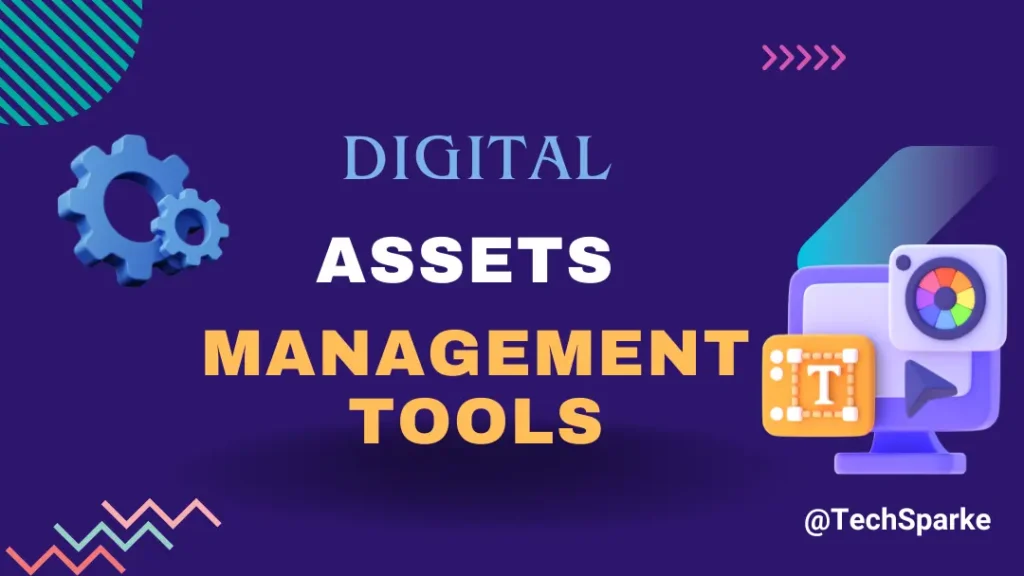
Importance of Best Digital Asset Management Tools
In today’s fast-paced digital landscape, the volume and complexity of digital assets continue to grow exponentially.
With proper management tools, businesses can save valuable time and resources searching for files, dealing with version control issues, and struggling to maintain brand integrity across various channels.
The best digital asset management tools offer a comprehensive solution to these challenges by providing advanced search capabilities, version control, metadata tagging, and workflow automation.
Criteria for Selecting the Best Digital Asset Management Tools
When choosing the best digital asset management tool, it’s essential to consider various factors to ensure it meets your needs and requirements. Among the crucial standards to remember are:
Scalability: The tool should accommodate your growing collection of digital assets.
Ease of Use: An intuitive user interface and navigation are crucial for user adoption and productivity.
Integration Capabilities: Seamless integration with existing software and systems is essential for workflow efficiency.
Security: Robust security features such as access controls and encryption are vital for protecting sensitive data.
Customer Support: Responsive customer support and training resources can help resolve issues and maximize ROI.
Best Digital Asset Management Tools for Generating Income
DigitalAssetPro
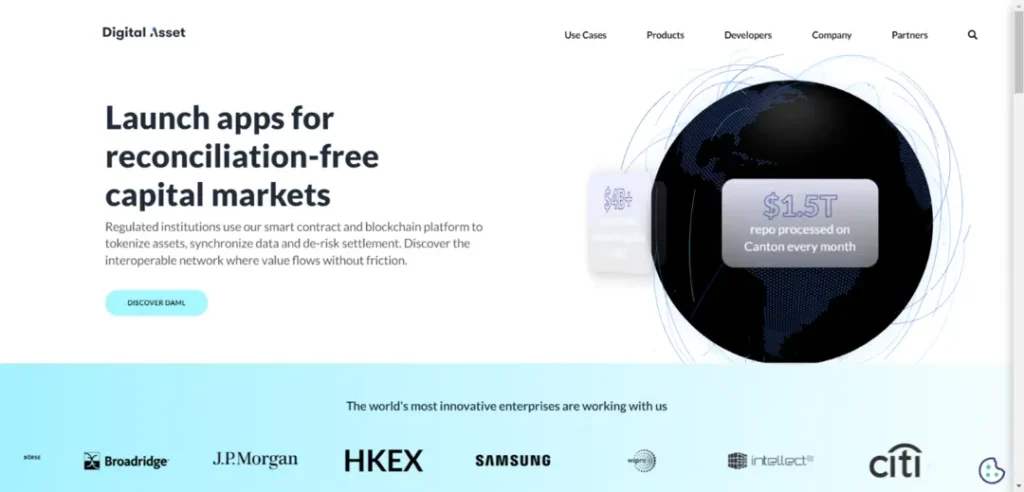
Key Features:
- Advanced search functionality
- Version control and collaboration tools
- Customizable metadata fields
- Integration with third-party applications
Pros:
Cons:
- Advanced features may require higher-tier plans, leading to increased costs.
- Custom pricing for enterprise solutions may be expensive for smaller businesses.
- Limited scalability for huge digital asset collections.
Customer Reviews:
“DigitalAssetPro has revolutionized our digital asset management process. It’s incredibly user-friendly and has significantly improved our team’s productivity.” – John Doe, Marketing Manager.
SmartAssetManager
Key Features:
- AI-powered tagging and auto-categorization
- Workflow automation and approval workflows
- Built-in analytics and reporting tools
- Mobile access and offline synchronization
Pros:
- Advanced AI capabilities for efficient asset organization and management.
- Workflow automation streamlines processes and improves efficiency.
- Comprehensive analytics and reporting tools for performance tracking.
- Mobile access and offline synchronization ensure accessibility and productivity on the go.
Cons:
- Higher pricing compared to some competitors, especially for advanced features.
- Custom pricing for enterprise solutions may not be transparent and require negotiation.
- The complexity of AI algorithms may require training and adjustment for optimal performance.
Customer Reviews:
“SmartAssetManager has transformed how we manage our digital assets. The impressive AI capabilities save us countless manual tagging and organizing hours.” Jane Smith, Creative Director.
AssetForge
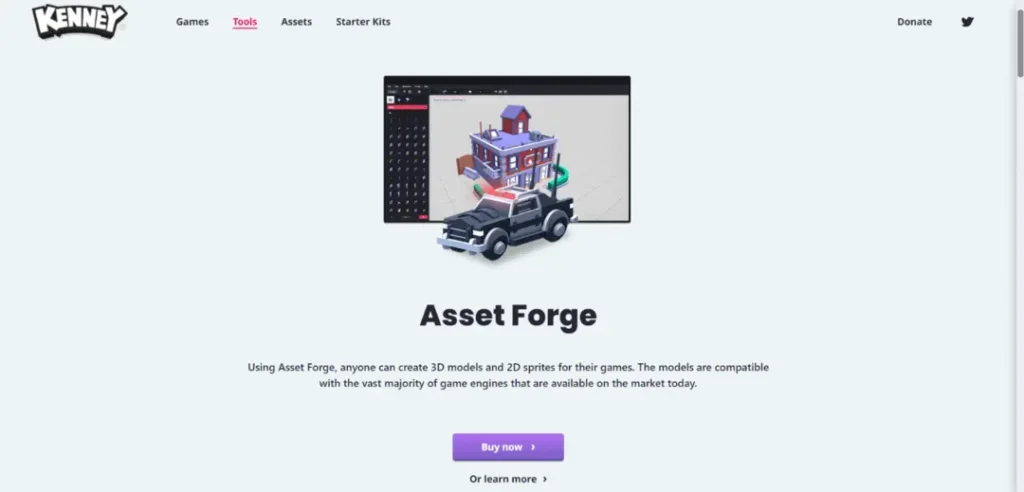
Key Features:
- Intuitive drag-and-drop interface
- Automated version control
- Cloud storage with unlimited space
- Integration with popular design software
Pros:
- A user-friendly interface requires minimal training.
- Unlimited cloud storage eliminates concerns about file size limits.
- Seamless integration with popular design software streamlines workflows.
- Automated version control prevents accidental data loss or corruption.
Cons:
- Basic plans may need more advanced features required by larger organizations.
- Premium plans may be expensive for small businesses or individuals.
- Limited integration options with third-party applications.
Customer Reviews:
“AssetForge has simplified our digital asset management process and improved collaboration among our team members.” Emily Johnson, Graphic Designer.
ContentVault
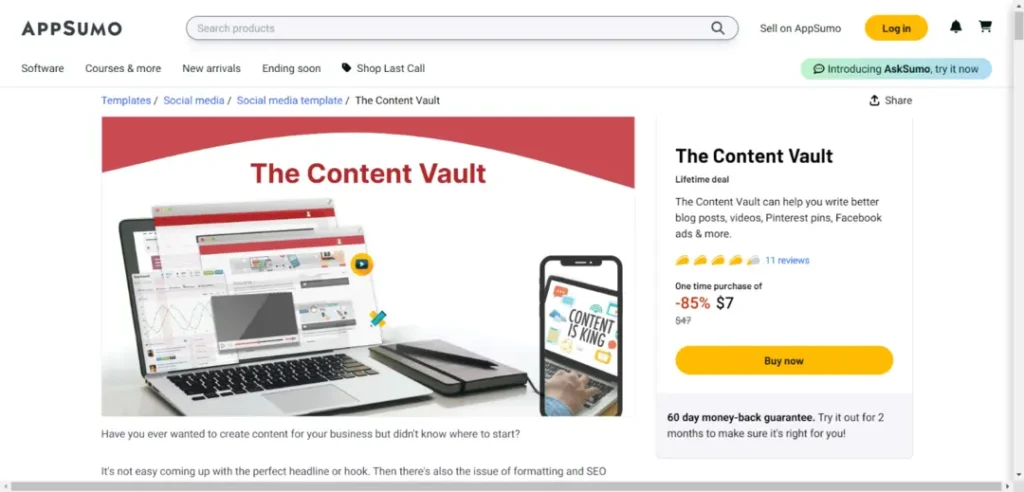
Key Features:
- Content categorization and tagging
- Role-based access controls
- Automated content distribution
- Real-time analytics and reporting
Pros:
- Comprehensive content categorization and tagging for efficient organization.
- Role-based access controls ensure data security and compliance.
- Automated content distribution streamlines publishing workflows.
- Real-time analytics and reporting provide insights into content performance.
Cons:
- Basic plans may lack some advanced features required by larger organizations.
- Custom pricing for enterprise solutions may be expensive and less transparent.
- Learning curve for configuring role-based access controls and analytics.
Customer Reviews:
“ContentVault has been instrumental in centralizing our content management efforts and improving collaboration across teams.” – Michael Smith, Content Manager.
The Future of Income Producing Digital Assets
The landscape of digital assets and their management is poised for further innovation. Emerging technologies, shifting consumer behaviors, and evolving market dynamics will shape the future of income-producing digital assets.
Technological Advancements
Advances in AI, machine learning, and blockchain will offer new opportunities for digital asset management. These technologies will streamline asset management processes, from predictive analytics forecasting asset performance to smart contracts automating licensing agreements.
Market Evolution
The market for digital assets is dynamic, with new trends and asset classes constantly emerging. Keeping a finger on the pulse of these developments is crucial for identifying the next significant income-producing asset.
Consumer Engagement
As consumer engagement and content consumption patterns change, so will the strategies for monetizing digital assets. Staying attuned to your audience’s preferences and behaviors will be vital in maintaining a profitable digital asset.
Conclusion
Owning and managing digital assets that can produce income is not just a pipe dream—it’s a practical and attainable strategy. By understanding the various types of income producing digital assets and how to leverage them, you can solidify your online presence and create a robust stream of revenue. Continuous learning, strategic planning, and proactive management are the cornerstones of success in digital assets. Start your digital asset portfolio today and set a course for enhanced financial returns in tomorrow’s digital economy.

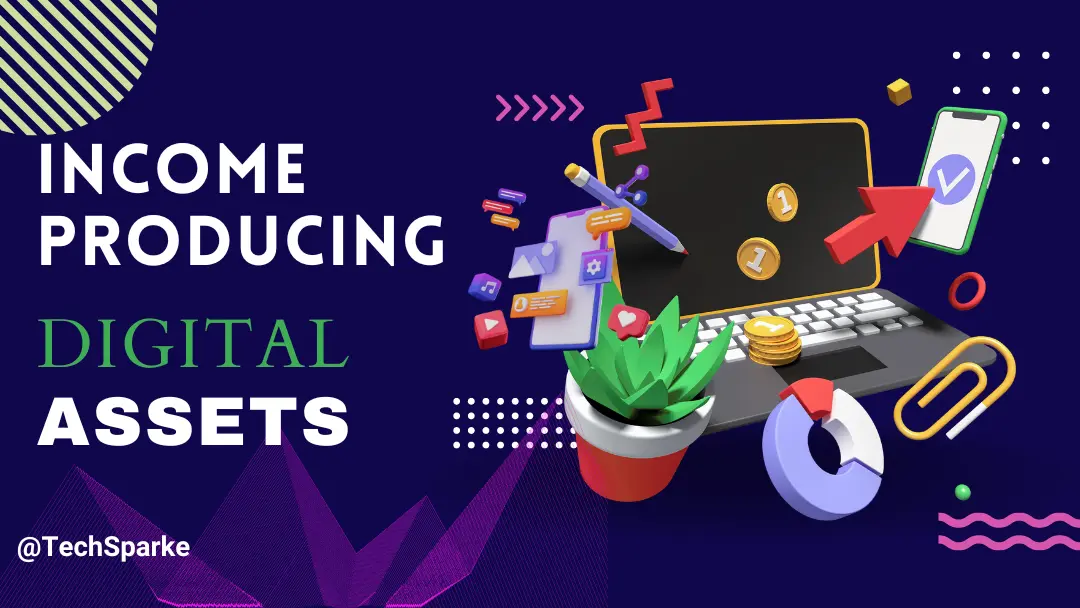
0 Comments